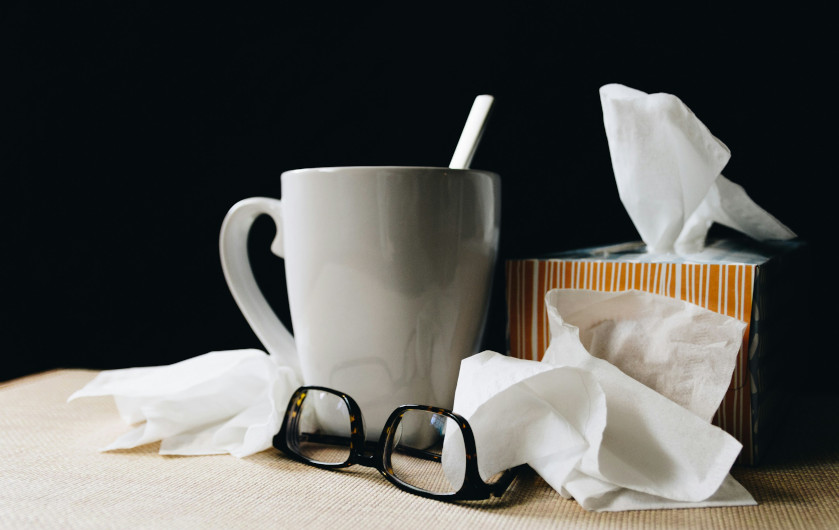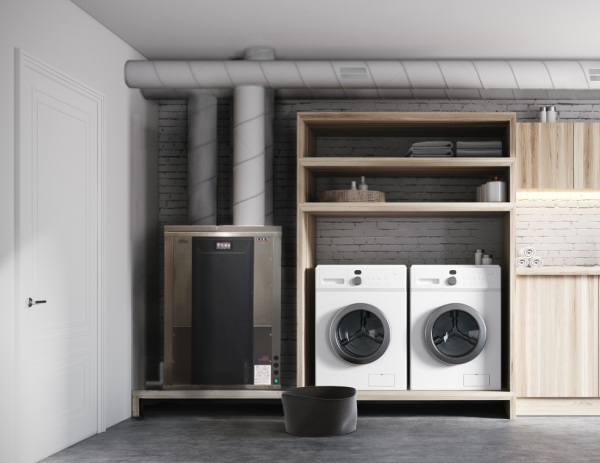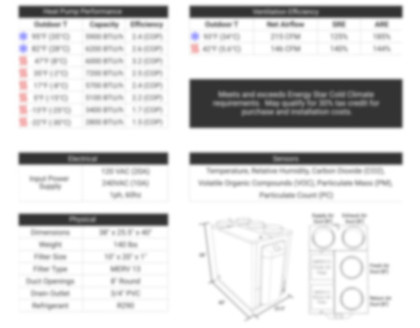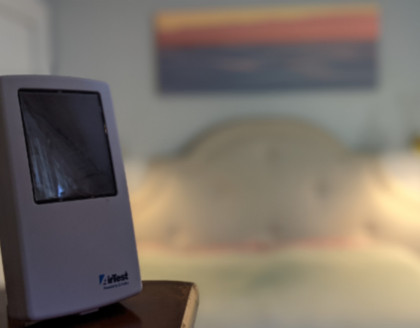
Live Healthier
Risk of Sick Leave Associated with Outdoor Air Supply Rate, Humidification, and Occupant Complaints
Findings
Cost of sick leave due to poor indoor air quality$480 Person
Year or $22.8 Billion
Nationally Per Year
In a groundbreaking study spearheaded by Donald K. Milton, P. Mark Glencross, and Michael D. Walters, the intricate relationship between indoor air quality (IAQ) and employee sick leave rates was meticulously explored. The study, “Risk of Sick Leave Associated with Outdoor Air Supply Rate, Humidification, and Occupant Complaints”, conducted within the confines of a large Massachusetts manufacturer, delved into the profound implications of IAQ parameters on workforce health and productivity.
Analyzing extensive sick leave data spanning 1994 for 3,720 hourly employees across 40 buildings, the study unveiled compelling associations between IAQ and sick leave occurrences. Notably, lower levels of outdoor air supply emerged as a consistent predictor of increased sick leave rates among office workers, signaling the pivotal role of ventilation in mitigating respiratory illnesses and absenteeism in the workplace.
Furthermore, the study shed light on the nuanced interplay between IAQ factors and sick leave outcomes. Factors such as humidification and indoor environmental quality (IEQ) complaints were identified as additional contributors to elevated sick leave rates, underscoring the multifaceted nature of IAQ management and the need for comprehensive interventions.
Economically, the implications of poor IAQ were profound, with the cost of sick leave attributable to ventilation estimated at a staggering $480 per employee per year. These findings underscore the urgent imperative for organizations to prioritize IAQ optimization as a strategic investment in workforce health and productivity.
While the study’s insights provide valuable guidance for organizations seeking to bolster workplace health, it also underscores the importance of implementing effective IAQ management solutions. One such solution, the CERV Indoor Air Quality Management System, offers advanced capabilities to monitor and improve IAQ parameters, including carbon dioxide (CO2) and volatile organic compounds (VOCs) levels.
Moving forward, organizations can leverage the insights gleaned from this seminal study to inform targeted interventions aimed at enhancing IAQ and fostering a conducive work environment. By investing in IAQ optimization initiatives, businesses can not only mitigate economic losses associated with sick leave but also cultivate a culture of well-being and productivity among employees.

























